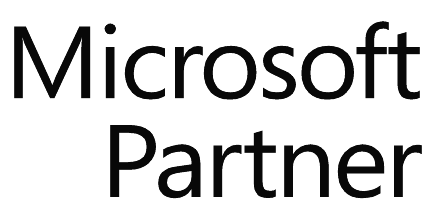[Last Updated May 2020]
One of the most frustrating, and potentially costly issues when it comes to retrieving your call recordings is trying to find that one conversation, but realising it has not been recorded as your voice recording system has, for some reason failed at that moment in time, and there was no resiliency or business continuity plans built into the design.
Resiliency isn’t about backing up your interactions or replicating them, it’s about making sure your voice recording system has a back-up plan for when the ‘unexpected’ happens.
Voice recording maintenance and resiliency is important for both financial organisations and contact centres. For contact centres, voice recording is an important element of their call centre software technology. For financial organisations, it is a vital element of their compliance and risk maintenance program. A reliable call recording system will allow organisations to set up multiple recording resiliency options.
Potential Issues
The two main issues which can impact your voice recording system recording are normally software or hardware related and are to do with voice recording maintenance factors.
They include issues such as:
- A software issue e.g. an operating system update that contained a bug
- Hardware faults including factors such as power supplies or storage devices like hard disks which can fail over time.
The Impact
- Any calls in progress immediately stop recording and may be irretrievably corrupted
- While the recorder reboots itself, calls stop being recorded and even when the voice recording system reboots, it may not function properly
- Until the bug is eliminated, or hardware replaced, you may not have any recording or search and replay capabilities
Hopefully, you will have a monitoring system in place that will tell you when something like this happens and you can start formulating a plan to discover the cause and eliminate it, but unfortunately at that moment in time, your calls are now lost and there’s no getting them back.
Here are 3 ways to make your voice recording system more resilient:
1. Recorder resiliency / redundancy
Resiliency
For resiliency instead of a single power supply you have two, and instead of a single hard disk, you have multiple in some sort of RAID array (two or more drives working in parallel).
In this scenario, if components in a single recorder fail, this means the system should continue to function.
Redundancy
As soon as you have voice recording resiliency built in, you then need to consider voice recording redundancy. Voice recording redundancy is used in the case of major failures where a single recorder fails. Having two or multiple recorders overcomes this as one of the recorders should take over if the primary recorder fails.
There are different configurations for different recording systems, but it’s almost always possible to add resiliency and redundancy in some way.
2. Disaster Recovery
For larger and potentially multi-site systems with multiple recorders, telephone switches and integration points, you could opt to look at a complete replicated system in another location that can be used in the event of a disaster recovery (DR) scenario.
This is especially useful to deal with scenarios where a whole building could be affected, such as a major failure. The DR site could be just to house systems to be used in a DR scenario, or you could equip the site with desks and phones for users to go to in an emergency.
3. Cloud Solutions
The DR piece in the previous section brings us nicely to the ultimate in DR capabilities and that is to use cloud telephony, cloud recording or a cloud contact centre solution. This is where a user typically only needs a laptop or PC and an internet connection. If the user has access to these, they can work from anywhere in the world, with the same features/benefits as being sat in the office.
The cloud solutions available today are fully resilient and redundant. Customers do not have to worry about supporting, maintaining, upgrading or replacing their system as this is all done by the cloud provider.
Long term costs are also reduced as they move from CAPEX to OPEX finance, typically paying a rolling monthly subscription fee. Think of it like an Office365, Netflix or Spotify account but for your corporate telephony and contact centre solution. This kind of solution comes into its own when unpredictable events like pandemics strike, as you already have remote working in place.
The Cost
There are clearly major advantages to ensuring your voice recording systems are as resilient as they can be. But what are some of the disadvantages of resiliency?
Cost is going to be the main one: extra hardware, licensing and administration needs to be factored in and these need to be offset against the value of those calls. In dealer trading, an unrecorded call can cost millions if the Regulator comes knocking, but in contact centres the cost is probably less, so make sure you analyse your business calls beforehand and weigh up their value.
Resiliency is all about business continuity and ensuring you can still maintain essential functions during as well as after a disaster has occurred.
If you need more information on voice recording maintenance, resiliency or voice recording upgrades, get in touch with our team.






